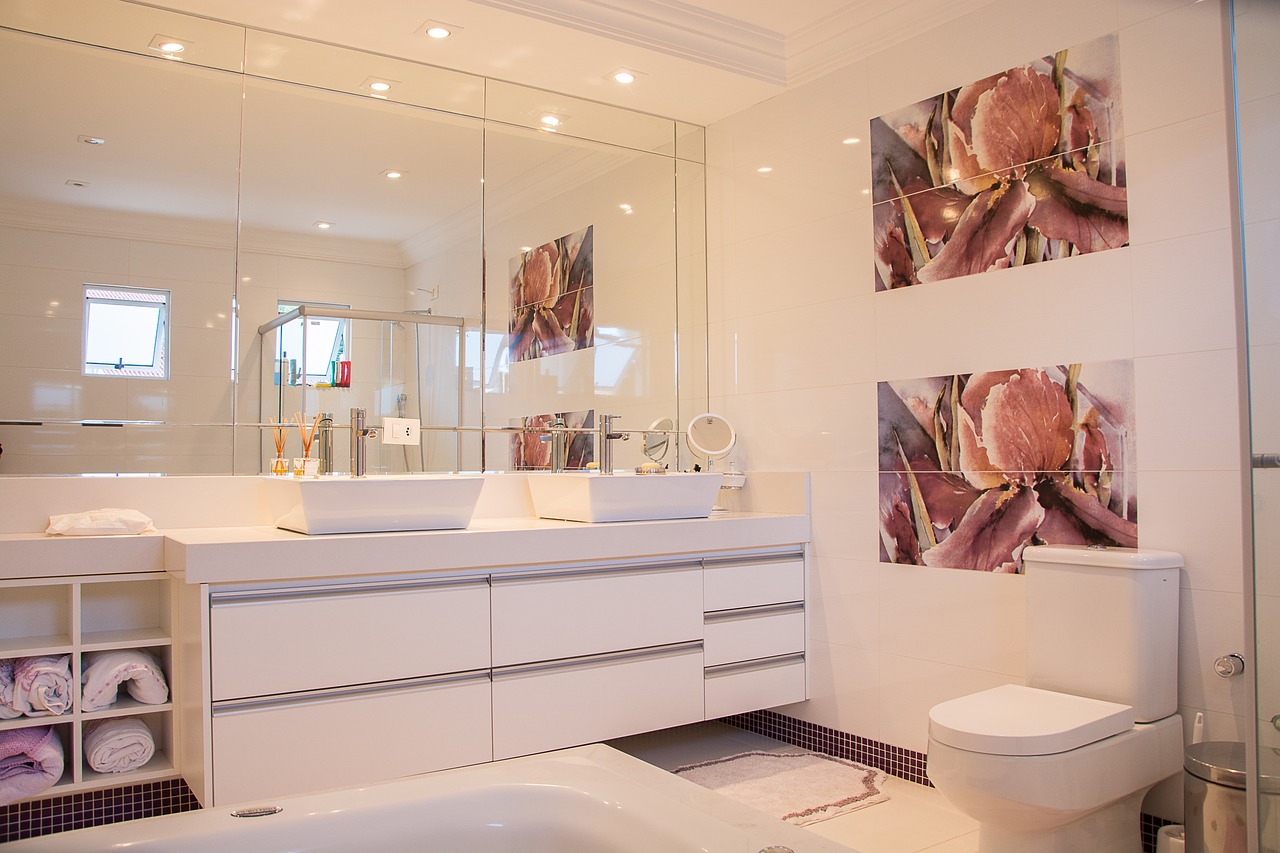Looking for how to soundproof a bathroom for privacy?. Then this guide is exactly what you need. If you are like me who believes that what happens in the bathroom should stay only in the bathroom, then you are in the right place.
Doing things like flushing the toilet, blowing your hair, or simply singing your but off in the shower are all things you certainly don’t want the whole household to know.
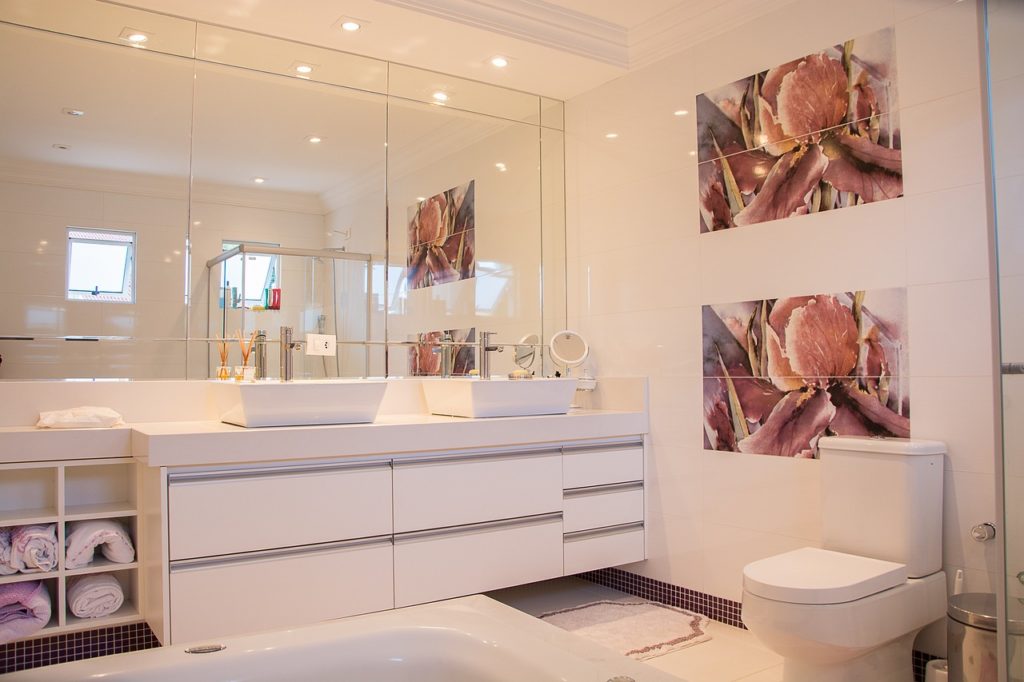
But unfortunately, this isn’t always the case with most bathrooms. With most bathrooms been built and constructed with the ordinary drywall or having hollow core doors, the activities that happen in the bathroom can easily be heard sometimes by those upstairs or downstairs- thus if you live in an apartment.
Luckily, there is something that you can do about it without everyone knowing you are in the bathroom. You don’t need a major renovation or spend thousands of dollars to have more privacy in the bathroom.
With so many soundproofing materials in the market today, you don’t need to pull your bathroom to the ground to achieve a quieter bathroom for your privacy.
Here I will share with you some of the effective ways you can reduce noise in the bathroom.
How to Soundproof a Bathroom with These Steps
Trying to reduce internal noise in the bathroom can take a lot of forms. When it comes to soundproofing a room, every part of it has to be taken seriously. Otherwise, your efforts could be fruitless.
Therefore, you have to look at reducing the noise leakage through walls, doors, pipes, toilets, bathtubs, and all other areas that might be the source of the noise.
1). Soundproof the Bathroom Door
In most homes, the bathroom door is just a hollow core door placed on the door to prevent people from seeing you while you are in the bath. However, it doesn’t block the sounds that happen inside there from leaving the room.
The door can be a path of sound leakage if you don’t soundproof it. A solid core door would have been ideal but they are ridiculously expensive. We will rather look at how to reduce the noise through the existing door instead.
And to do this, we will need to seal the gaps on the door with weatherstripping tape. A weatherstripping tape is a tape with self-adhesive that is mostly used to seal gaps to prevent, draft, noise or insects from entering a space.
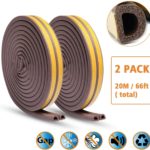
There are many different types of these tapes on the market at a cheap price. For less than $10, you can get one that can seal the entire door frame to ensure the door closes tightly and the air is not leaking through the sides.
Air is a medium that airborne noise travels through. Hence, if you are able to create an airtight door, you will be reducing noise leakage.
The door bottom could also be the biggest gap in the door. If the weatherstripping tape is not able to cover the gap between the door bottom and the floor, then you will need a door sweep to cover it.
By installing a door sweep under the door, you will not only block noise but the smell that leaks through there when you use the toilet will also be minimized greatly.
I recommend a rubber door sweep instead of the plastic ones that don’t last. use this rubber door sweep for our door and works great and has been there for some time now but hasn’t been damaged in any way yet.
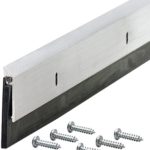
Now it is time to add some extra mass to the door itself to increase its sound absorption and blocking. Mass is vital in noise control, the more mass the better as sound will have a difficult time passing through it without being greatly attenuated.
There are many ways to add mass to a door but in this case, we can use a soundproof blanket to reduce the noise through the door itself.
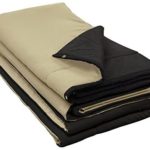
Soundproof blankets are designed to be thicker and denser than ordinary blankets. They have noise absorption ability. Hanging one on the door will work effectively at dampening the sound.
2). Soundproof the Bathroom Walls
If your bathroom walls are made of thin walls, then the possibility of sound passing through them is high. That’s why you might need to add extra mass to the walls to increase their mass.
This is especially true if your bathroom walls are made of thin drywall. Drywalls are not thick enough to block sounds from passing through them unless they are soundproof drywall types.
To increase the mass of the drywall, you can add extra drywall to the existing walls. To make it even more effective, you can sandwich a soundproofing compound like Green Glue in between the two drywalls before mounting them on the existing wall.
Soundproof Green Glue is a sound dampening compound that works very effectively at reducing both impact and airborne noise.
The other way you can reduce your bathroom noise through the walls is to install soundproof wallpaper on the existing walls. This is the best non-invasive way to reduce noise through walls especially if you don’t have any permission to alter the walls of the space.

Soundproof wallpaper is acoustic in nature and it’s a peel and stick type which makes it easy to install and remove anytime you don’t want it again. It doesn’t damage the walls in any way. Check out my recent article on the best soundproof wallpapers for walls here.
3). Place a Rubber Mat on the Floor to Reduce Echo in the Bathroom
Carpeting a bathroom floor doesn’t make sense that is not practical. But placing a nice rug or using a rubber mat or rubber tiles on the floor is a great way to absorb echoes.
Rubber mats are affordable and effective at absorbing echoes on the floors. There are different rubber mats on the market.
Choosing the rubber mat that you will use for your floor is personal. But I will recommend the Rubber-Cal rubber mat which comes in different colors that you can choose from to suit your taste.
Its lightweight, hard-wearing, and easy to install. This mat can be used both indoors and outdoors.
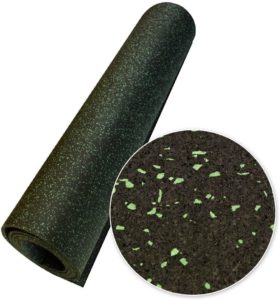
Alternatively, you can use the puzzle interlocking exercise mat for your floor. They are made of rubber and you install them interlocking them like solving a puzzle. They are easy to clean and take off if you don’t want them again. They also come in different colors.
4). Soundproof the Toilet Flush
If you are like me who likes to fly quietly under the radar inside the toilet. Then you will like to soundproof your toilet flush.
A noisy toilet flush can be one of the loudest noises from the bathroom and is distracting. If unless you are willing to replace the toilet with a quiet type, then you have to find a way to reduce that flush noise.
Which is actually possible. If you were wondering whether it is.
Low-flow toilets generally have a lower flushing noise. If you don’t want to get a brand new toilet, you can always use adhesive around the toilet tank.
To soundproof the toilet flush, you will need some adhesive. To place it inside, ensure the inside is clean.
Then place the adhesive around the edges of the tank and the lid and then close the lid.
The adhesive will help to reduce the noise when flushing and when the tank is refilling after flushing.
5). Soundproof the Toilet Seat
The noise that is made when the seat comes crashing is one of the most annoying sounds from the bathroom. If you have people over, hearing the noise repeatedly can take a toll on your nerves.
So, if you are going to soundproof your bathroom, you cannot neglect the toilet seat.
The easiest solution would be for everybody to remember to put the toilet seat down quietly when using the toilet. But that isn’t always the case. Many people will literally forget about being mindful of the seat.
To fix this, you can get some self-adhesive silicone pads.
You’ll need to have one on the toilet set where the cover touches the tank when it is raised.
A second pad should be placed on the bottom of the toilet seat cover. Be sure to have several other pads between the toilet and the seat.
If you also decide to change your toilet altogether to a quieter new one. Here are some of the top recommended quiet flushing toilets.
6). Wrap Noisy Pipes with Soundproofing Materials
Pipes can make noise as well. This can happen after you flush the toilet or wash your hands, but it can also happen even when no one is using the bathroom.
If your once quiet pipes start making noise. Then you know trouble is around the corner. if unless your bathroom pipes are just designed to be noisy, otherwise, noisy pipes are an indication that there is a problem. Soundproofing toilet pipes will be a good solution.
The common problem is mostly because the pipes in your bathroom are not securely fastened to the walls. When the water flows, it may be causing the pipes to vibrate and make some noise in the process.
To reduce the noise, you can use a mass-loaded vinyl mat to insulate the noisy pipes. You might need to be professional or a bit handy to be able to wrap the mat around the pipes.
The other way is to temporarily reduce the water pressure. This can be done by getting a low-flow showerhead and tap.
Or, you can completely replace the shower pump and get a quiet shower pump that will deliver maximum pressure but with low noise that won’t make too much noise.
7). Soundproof the Air Vents
Ventilation is very important in bathrooms so sealing up your air vent isn’t an option.
If your air vent is letting lots of noise in (or out) there are a few things you can do:
- You could cover your vent with a soundproof curtain or blanket
- Could also use acoustic foam on the inside covers of your air vent, this will allow air to travel through but will help muffle any sounds.
8). Use White Noise Machine
If you need more time to plan the above soundproofing methods but need a quick solution in the meantime, then using a white noise machine is a good option to help in tuning out the noise in the bathroom.
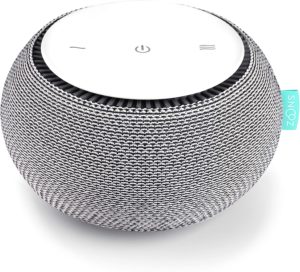
In some places like Japan, many of their high-tech toilets play tune or white noise as you use them so that any unintentional ‘toilet’ noises are drowned out.
The white noise machine will help you feel comfortable when using the toilet at any time.
9). Fill Empty Space in the House
When a room is empty, any sound inside the room is amplified by the empty space. This is the same for the bathroom also. When sound is made and there is nothing to absorb it, it bounces around in the empty space.
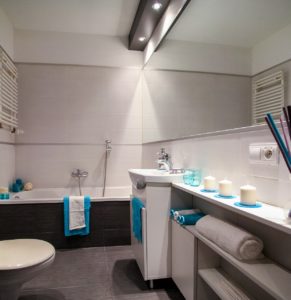
To prevent or minimize this, you need to fill your bathroom cabinets with soundproofing materials. Do things like hanging fluffy towels over the storage units or on the shelf. These types of materials can absorb some of the echoes in the bathroom.
Final Thoughts on Soundproofing Bathroom
Reducing bathroom noise can be the best way for you to enjoy your privacy without unnecessarily disturbing others with your noise. It can even be embarrassing when you are using the toilet itself.
These methods outlined above if implemented can help you minimize the noise that is been made in your bathroom. So that you can enjoy your quietness and avoid embarrassing situations.
- How to Chew Quietly While Eating-Effective Tips - April 14, 2023
- Why is My Clutch Pedal Squeaking – Causes & Fixes - April 14, 2023
- Propane Tank Making Hissing Noise (Solved) - February 25, 2023

